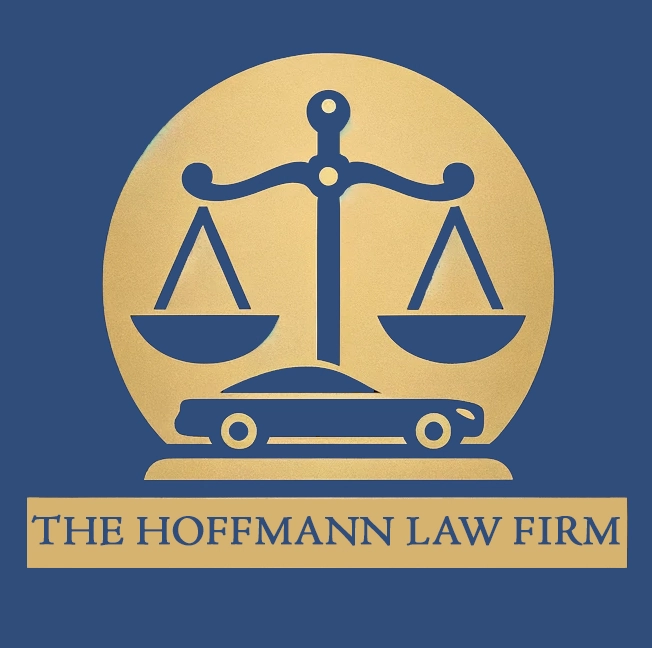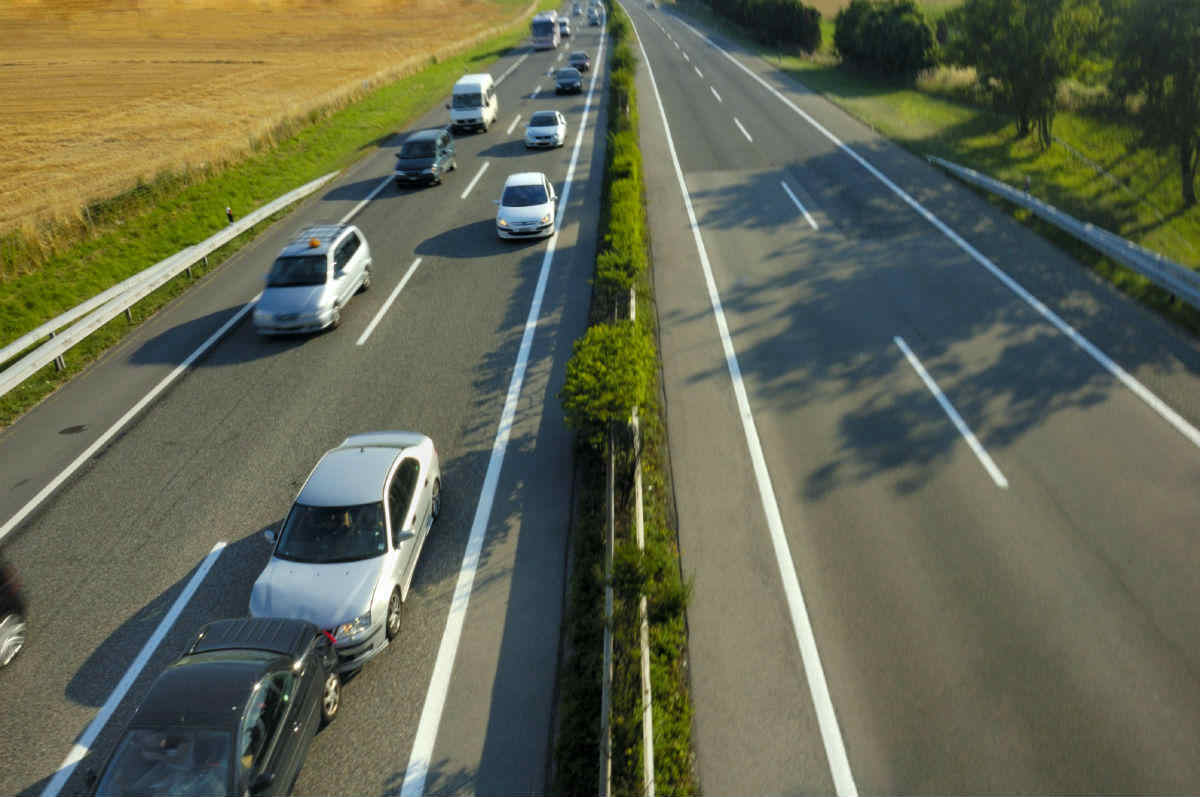Determining fault in a chain-reaction car accident can be difficult, especially one involving a number of vehicles and drivers.
When you are in an accident with one other vehicle, it is often easy to figure out who is at fault and negligent. In the state of Missouri, when people are involved in a car accident, the driver (or drivers) deemed negligent has an obligation to pay for both the injuries and damages of another driver. Things can get a little more complicated when more than two vehicles are involved.
Chain-reaction accidents are a common type of multi-vehicle car accidents. This type of accident occurs when one rear-end collision affects a series of vehicles. Chain-reaction accidents often involve the vehicles in front of the first vehicle, if the first vehicle fails to avoid collision with a series of cars moving or standing in front of it. Determining fault in this type of car accident can be difficult, simply because this type of accident involves a number of vehicles and drivers.
What Is Negligence?
When multiple cars are in an accident, figuring out who is at fault and negligent can become slightly more problematic. In short, negligence means that a driver failed to do something and it was their failure to act that directly led to an accident. It could also mean that a driver did something that directly led to an accident.
When there is an accident, the events before it will be examined to see who did or didn’t do what, and how their actions led to the accident happening. Negligence is then determined, which helps decide who is responsible for the accident and, therefore, the damages.
In a chain reaction car accident, one car hits another, then that car hits another and so on. It is normally the case that the driver of the first car to strike is responsible for the entire accident. In states that are purely at-fault states, the driver who started the chain reaction would usually bear the liability of the entire car accident.
Since Missouri is a comparative at-fault state, the actions of each driver will be examined to see if there were any other circumstances that might make another driver, besides the one that started the chain reaction, responsible, so determining negligence may be an in-depth process.
Liability for Chain-Reaction Car Accidents
In most chain-reaction accident cases, multiple drivers make a claim for compensation, with each of them claiming others to be at fault for the accident. This makes it necessary to determine the share of the negligence of each claimant. In some rare situations, only one person may be held 100 percent responsible for the accident. When you are involved in a multi-vehicle accident, you will need to prove that you do not share fault for the accident. If you were following the vehicle ahead of you too closely, you may share partial fault for the accident. However, if another vehicle hits your vehicle from behind, you may be entitled to full compensation, depending on a number of factors.
Evidence Used to Determine Liability
A few pieces of evidence are taken into consideration when determining who is at fault for an accident or the share of the negligence of each negligent driver. These include eyewitness statements, police report, the extent of physical damage caused by the accident, and other evidence from the accident scene.
Seeking Compensation for Personal Injury
If you get involved in a chain-reaction accident, contact a St. Louis car wreck attorney to understand your legal rights. Call The Hoffmann Law Firm, L.L.C. at (314) 361-4242 for a free consultation.

